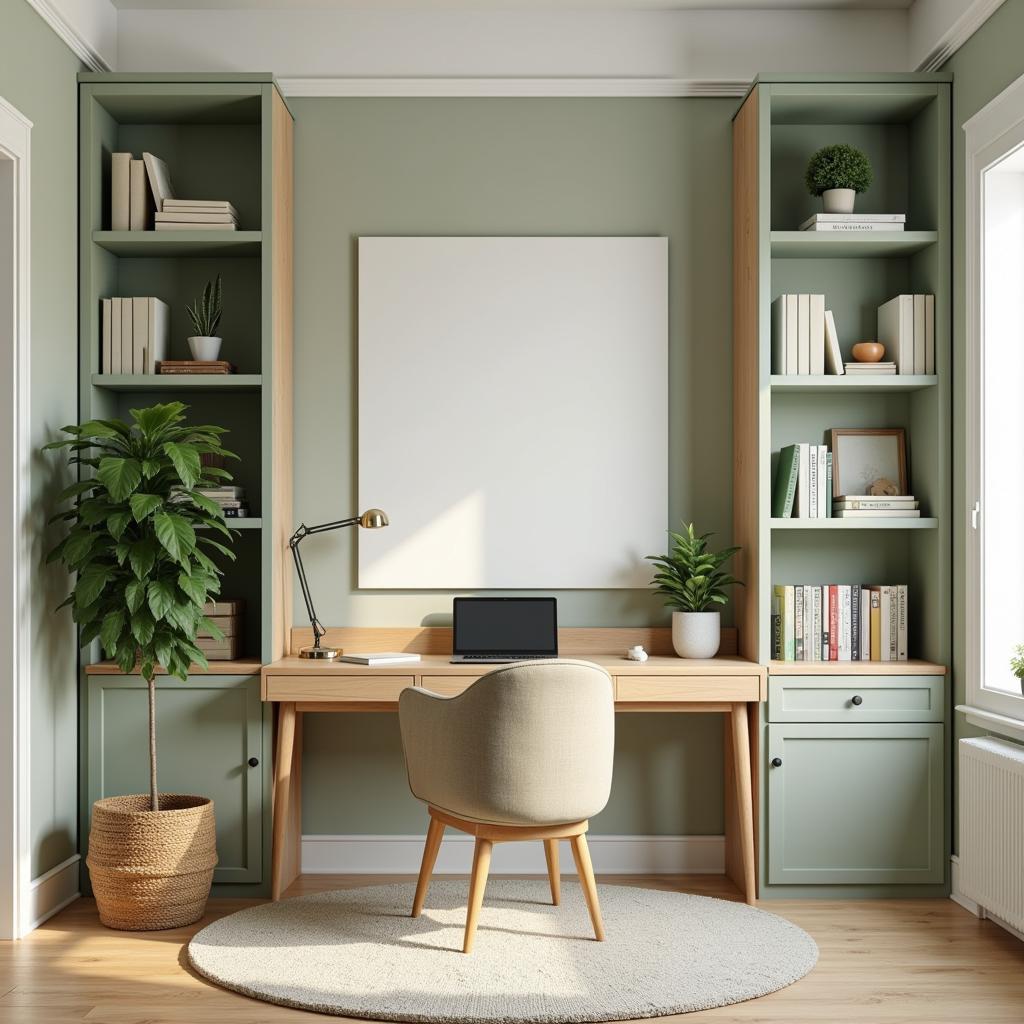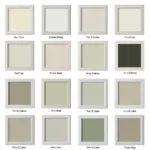Choosing the right study environment can significantly impact your focus and productivity. And believe it or not, color plays a crucial role. So, what colors help you study more effectively? The answer might surprise you! It’s not as simple as picking your favorite shade.
Picking the best study colors depends on several factors, including your learning style, personality, and even the subject you’re tackling. While there isn’t a one-size-fits-all answer, understanding the psychological effects of different colors can help you create a learning space that maximizes your concentration and retention. Let’s delve into the fascinating world of color psychology and discover how it can boost your study sessions. You might want to check out what color pen helps with memory for some additional tips.
Unlocking Your Study Potential: The Power of Color
Color can influence our mood, emotions, and even our cognitive functions. By strategically incorporating certain colors into your study space, you can create an environment that promotes focus, reduces stress, and enhances learning.
Green: The Color of Concentration
Green is often associated with nature, tranquility, and growth. Studies have shown that green can enhance concentration and creative thinking, making it an excellent choice for your study area. It’s a calming color that can help reduce eye strain and mental fatigue, allowing you to study for longer periods without feeling overwhelmed.
Blue: Boosting Memory and Focus
Blue is another excellent choice for a study space. It’s known for its calming and soothing effects, promoting relaxation and reducing anxiety. Blue has also been linked to improved memory and focus, making it ideal for memorizing facts and figures.
Yellow: Stimulating Creativity and Energy
Yellow is a vibrant and energetic color that can stimulate creativity and inspire innovative thinking. While it might not be ideal for long study sessions requiring intense focus, yellow can be a great choice for brainstorming and tackling creative projects. It’s also a good color if you’re feeling sluggish and need a boost of energy. Check out what color light is best for studying for more insights on optimizing your study environment.
Colors to Avoid in Your Study Space
While certain colors can enhance learning, others can be distracting or even counterproductive. Here are a few colors to avoid in your study area:
- Red: Red can be stimulating and energizing, but it can also be overwhelming and distracting, particularly for tasks requiring sustained attention. It’s better suited for physical activities rather than mental ones.
- Orange: Similar to red, orange can be too stimulating for a study environment, leading to restlessness and difficulty concentrating.
- Purple: While purple can be associated with creativity, it can also be too stimulating for some individuals, causing distraction and even anxiety.
Personalizing Your Study Palette
While these general guidelines can be helpful, it’s essential to consider your personal preferences and learning style when choosing study colors. What works for one person might not work for another. Experiment with different colors and combinations to find what best suits your needs. Perhaps you find a combination of blue and green to be the most effective or maybe a touch of yellow sparks your creativity. Remember to keep the overall environment calming and clutter-free to maximize your focus. You might also want to find out how many different colors of iris are there for a bit of a colorful break!
 Personalized Study Space with Green Accents
Personalized Study Space with Green Accents
Expert Insights
Dr. Anya Sharma, a renowned color psychologist, emphasizes the importance of personalized color choices: “The best study colors are those that resonate with you on a personal level. While general guidelines can be helpful, ultimately, you need to find what helps you focus and feel comfortable.”
Lisa Thompson, an interior designer specializing in learning environments, adds, “Incorporating natural elements like plants can complement your chosen color scheme and further enhance the calming effect of your study space.” You may also find our a dictionary of color combinations pdf to be a helpful resource.
Conclusion
Choosing the right colors for your study space can significantly impact your learning experience. By understanding the psychological effects of different colors and considering your personal preferences, you can create an environment that promotes focus, reduces stress, and enhances your overall productivity. Remember, the key is to find what colors help you study most effectively and personalize your space to create a learning sanctuary that supports your academic goals. Don’t hesitate to experiment and discover what works best for you.
FAQ
- What is the best color for studying? While individual preferences vary, blue and green are often recommended for promoting focus and concentration.
- Should I avoid bright colors in my study space? Generally, it’s best to avoid overly stimulating colors like red and orange, as they can be distracting.
- Can color really affect my study habits? Yes, color can influence mood, emotions, and cognitive function, impacting your ability to focus and retain information.
- What if my favorite color is red? While red isn’t ideal for long study sessions, you can incorporate it in small doses, like accents or accessories.
- Are there any other factors to consider besides color? Yes, lighting, organization, and clutter can also affect your study environment.
Other Questions You Might Ask
- What are the best study techniques?
- How can I improve my memory?
- What are some effective time management strategies for students?
- What are African colors?
For more information about color and its impact on your environment, visit our website and explore articles like what are african colors.
Need help creating the perfect study space? Contact us at 0373298888 or [email protected]. Visit us at 86 Cầu Giấy, Hà Nội. Our 24/7 customer service team is ready to assist you.

